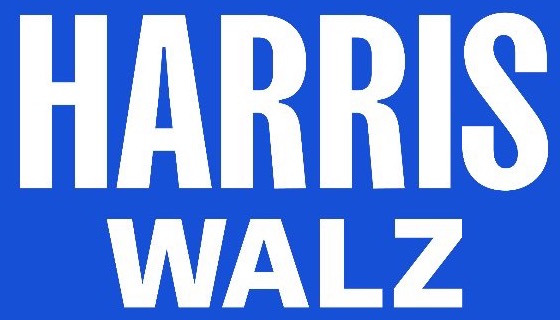Mandate for Leadership - Chapter 2 - Executive Office of the President of the United States - TL;DR
Overview:
Chapter 2 outlines a plan to weaponize the Executive Office of the President (EOP) to control the federal bureaucracy, advance a conservative agenda, and dismantle what the author calls the “Administrative State.”
Key Takeaways:
- OMB as a Weapon: The Office of Management and Budget (OMB) is seen as the President’s primary tool for controlling the bureaucracy, using its budgetary and regulatory powers to “bring agencies in line.”
- Starving Opponents: The chapter suggests using apportionments to starve agencies of funding for programs that are not aligned with the President’s priorities, even if those programs have been authorized by Congress.
- Regulatory Rollback: It calls for a sweeping rollback of regulations, including reviving Trump-era executive orders that limited agency discretion and weakened environmental, consumer, and worker protections.
- Silencing “Woke” Culture: It criticizes the “woke” culture within the federal government and calls for eliminating programs related to diversity, equity, and inclusion, climate change, and other progressive priorities.
Critical Quote:
“Properly understood, [the OMB] is a President’s air-traffic control system with the ability and charge to ensure that all policy initiatives are flying in sync and with the authority to let planes take off and, at times, ground planes that are flying off course.”
Why It Matters:
This chapter reveals a plan to use the EOP to impose the President’s will on the entire executive branch, potentially disregarding agency expertise, circumventing Congressional intent, and silencing dissenting voices within the government.
Red Flags:
- Disregard for Expertise: Prioritizing political control over agency expertise could lead to poor policy decisions and a decline in the quality of government services.
- Undermining Congressional Authority: Using the budget to circumvent Congressional intent undermines the separation of powers and the legislative process.
- Weakening Protections: Rolling back regulations could harm consumers, workers, and the environment, putting corporate interests ahead of public health and safety.
Bottom Line:
Chapter 2 outlines a dangerous strategy to politicize the EOP and to use it as a weapon to advance a narrow conservative agenda, potentially undermining the effectiveness and accountability of the federal government.

